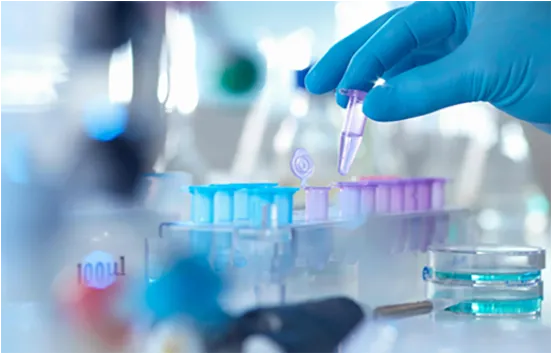https://www.wahmg.com/)">
Eco-Friendly Plastic Beverage Containers with Secure Caps for Sustainable Hydration Solutions
Eco-Friendly Plastic Beverage Containers with Secure Caps for Sustainable Hydration Solutions
The Environmental Impact of Plastic Drink Bottles with Caps
In our modern world, convenience often comes at a cost, and nowhere is this more evident than in the ubiquitous plastic drink bottles with caps. These seemingly benign containers have become a staple in our daily lives, found in homes, offices, and vending machines around the globe. However, the environmental impact of these bottles is far from trivial.
Plastic drink bottles, typically made from polyethylene terephthalate (PET), are lightweight, durable, and resistant to breakage, making them a popular choice for packaging beverages. According to the Coca-Cola Company, more than 1 million plastic bottles are sold every minute. This staggering figure highlights the sheer volume of plastic produced and consumed. While manufacturers tout the recyclability of these bottles, the reality is more complex.
Despite recycling initiatives worldwide, a small percentage of plastic bottles actually make it through the recycling process. The Environmental Protection Agency (EPA) reports that in the United States, only about 29% of PET bottles are recycled. Many factors contribute to this low rate, including contamination, lack of recycling facilities, and consumer habits. Plastic bottles can take up to 450 years to decompose in a landfill, leading to an accumulation of waste that poses a significant threat to our planet.
The problem is exacerbated when we consider the plastic caps that accompany these bottles. Often made from a different type of plastic, caps are frequently discarded or left attached to bottles during recycling, complicating the process. The rigid polypropylene from which most caps are made does not have the same recycling infrastructure as PET bottles, leading to a situation where these components contribute to the production of microplastics. These tiny plastic particles, measuring less than five millimeters, can enter our ecosystems, causing harm to wildlife and potentially making their way into the food chain.
plastic drink bottles with caps

The environmental consequences of plastic waste are severe. Marine life is especially vulnerable, with millions of marine animals dying each year due to plastic ingestion or entanglement. Additionally, as larger plastic waste breaks down into microplastics, they accumulate in ocean sediments and even in the bodies of fish, leading to health risks for humans who consume seafood.
Solutions to the plastic bottle problem are becoming increasingly urgent. In recent years, various initiatives have emerged to combat plastic waste. Some companies are exploring alternative materials for bottles and caps, such as biodegradable plastics or plant-based materials. Others are implementing deposit return schemes that incentivize consumers to return bottles for recycling, thereby reducing the number of bottles that end up in landfills or oceans.
Education and awareness also play crucial roles in addressing the plastic crisis. Consumers can be empowered to make informed choices, such as opting for reusable bottles or supporting brands committed to sustainability. Governments and organizations need to advocate for stronger regulations on plastic production and promote better recycling practices.
In conclusion, while plastic drink bottles with caps serve a practical purpose in our daily lives, their environmental repercussions cannot be ignored. As consumers, we have a responsibility to seek sustainable alternatives and make conscious decisions that contribute to the health of our planet. Only through collective action and innovation can we hope to mitigate the impact of plastic waste and create a more sustainable future for generations to come.
-
Wholesale Plastic Juice Bottles with Caps 16 oz Options Available Bulk Packaging SolutionsNewsJun.10,2025
-
Laboratory Apparatus Reagent Bottle – Durable & Chemical Resistant Bottles for Safe StorageNewsJun.10,2025
-
Squeezable Dropper Bottles Durable, Leak-Proof & CustomizableNewsMay.30,2025
-
Affordable Plastic Petri Plates Sterile & Disposable Lab-GradeNewsMay.30,2025
-
Eye Dropper Caps Precision 24/410 & Plastic Bottle-Compatible TipsNewsMay.30,2025
-
Affordable Mini Spray Bottle Price & Wholesale Deals Shop NowNewsMay.29,2025





















